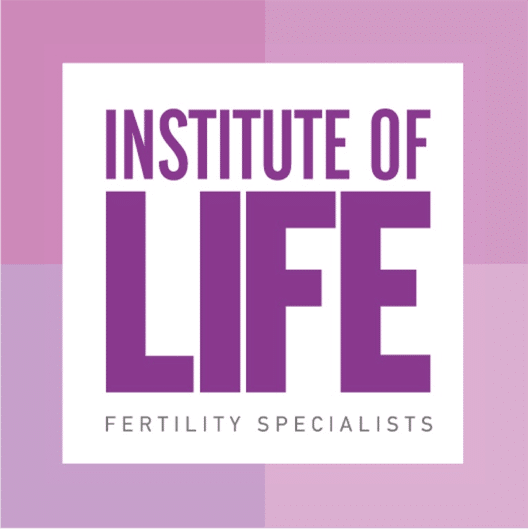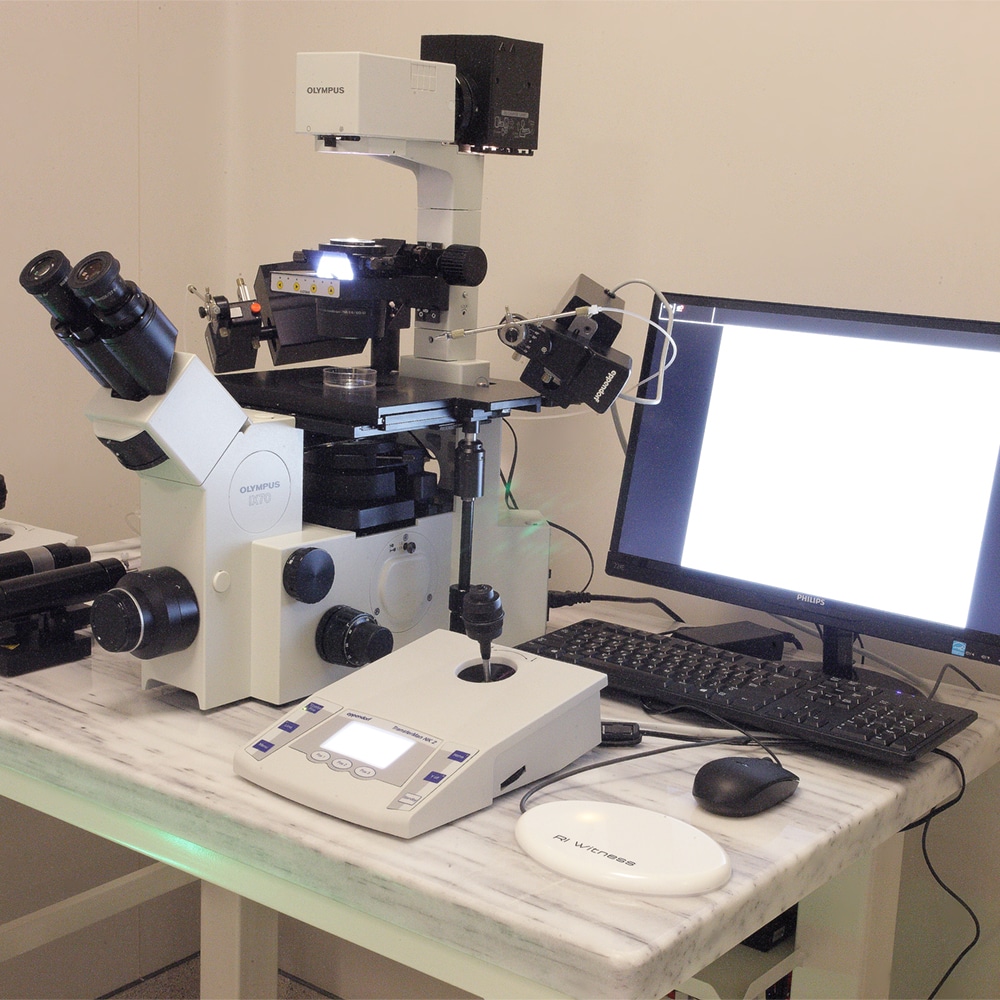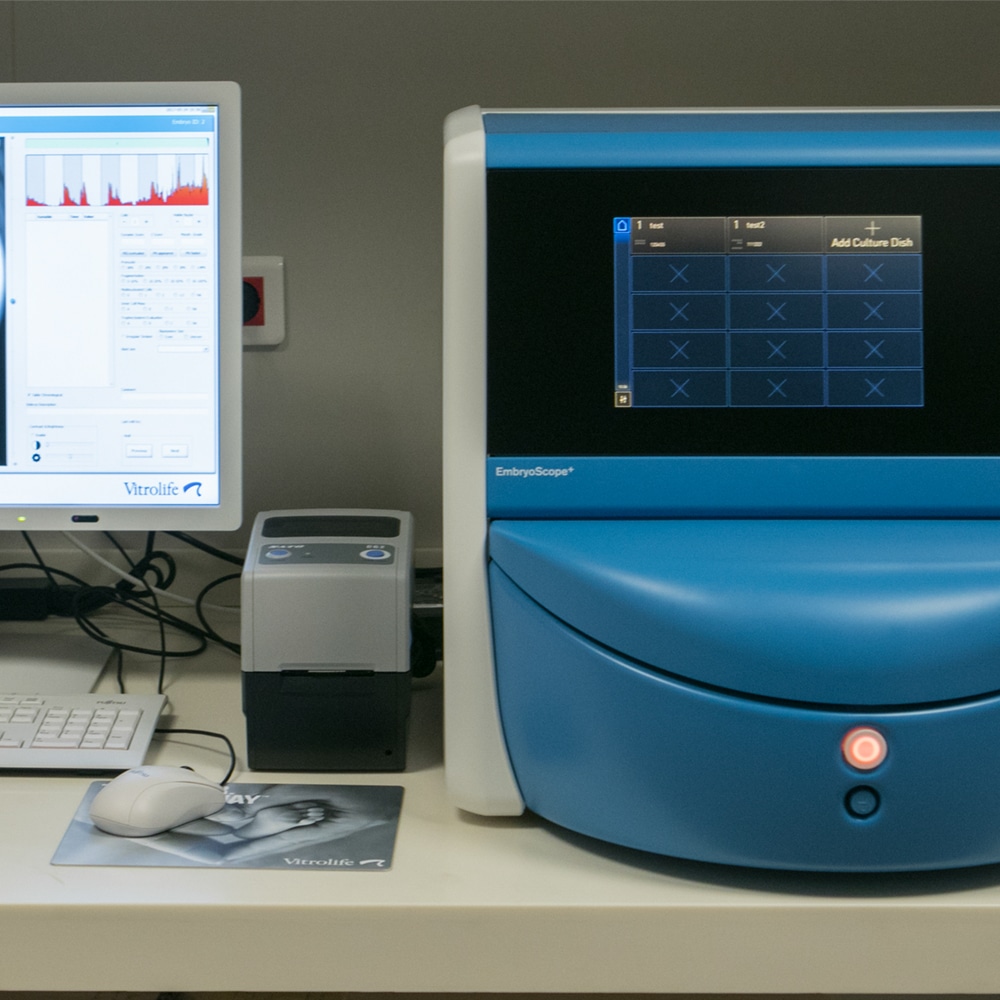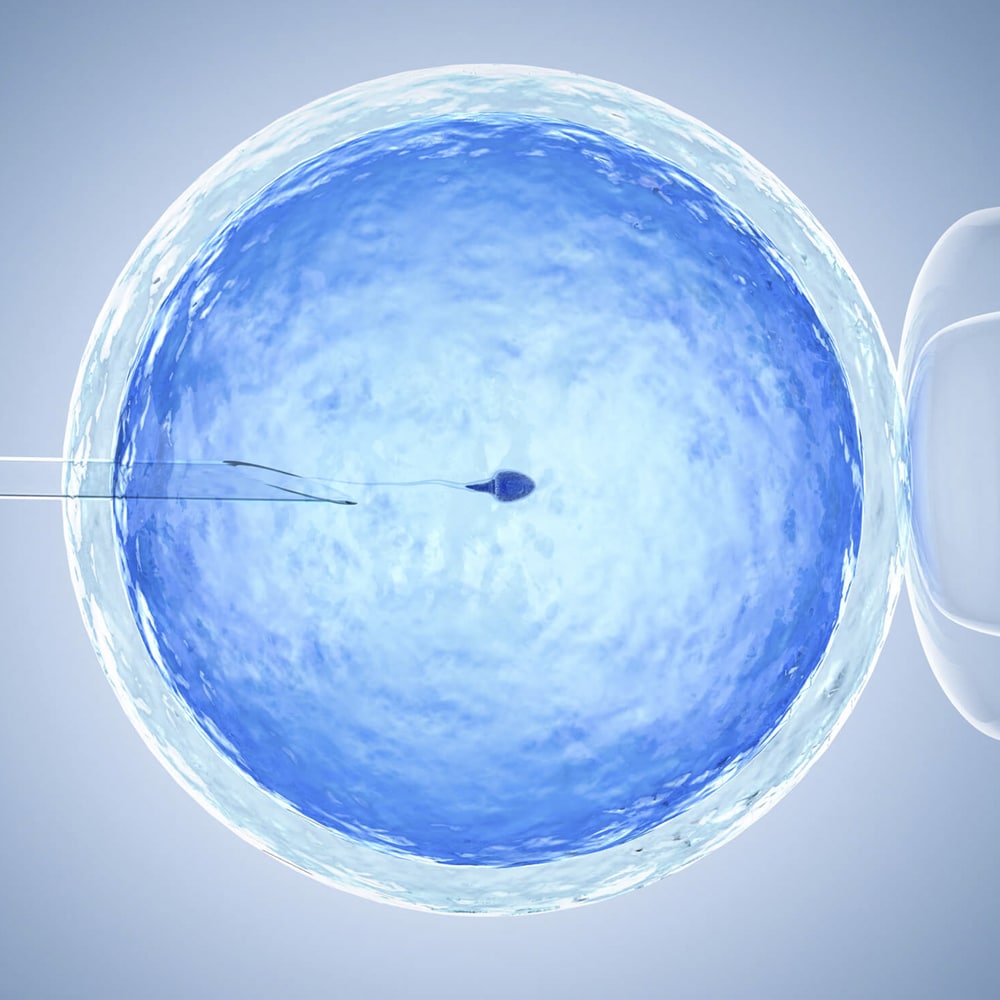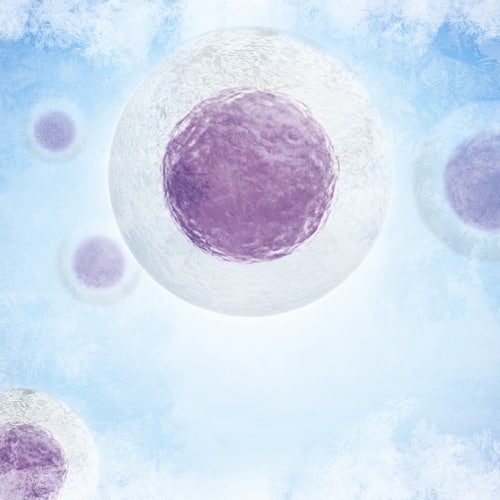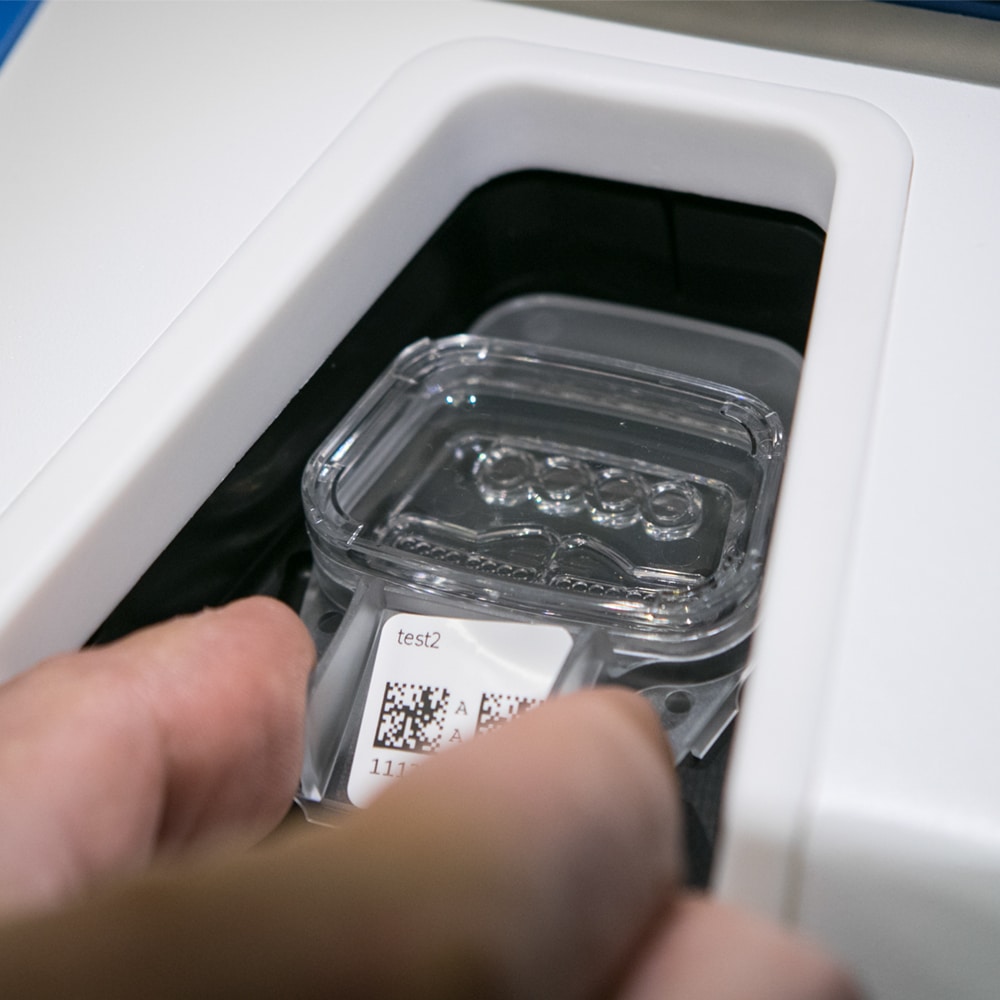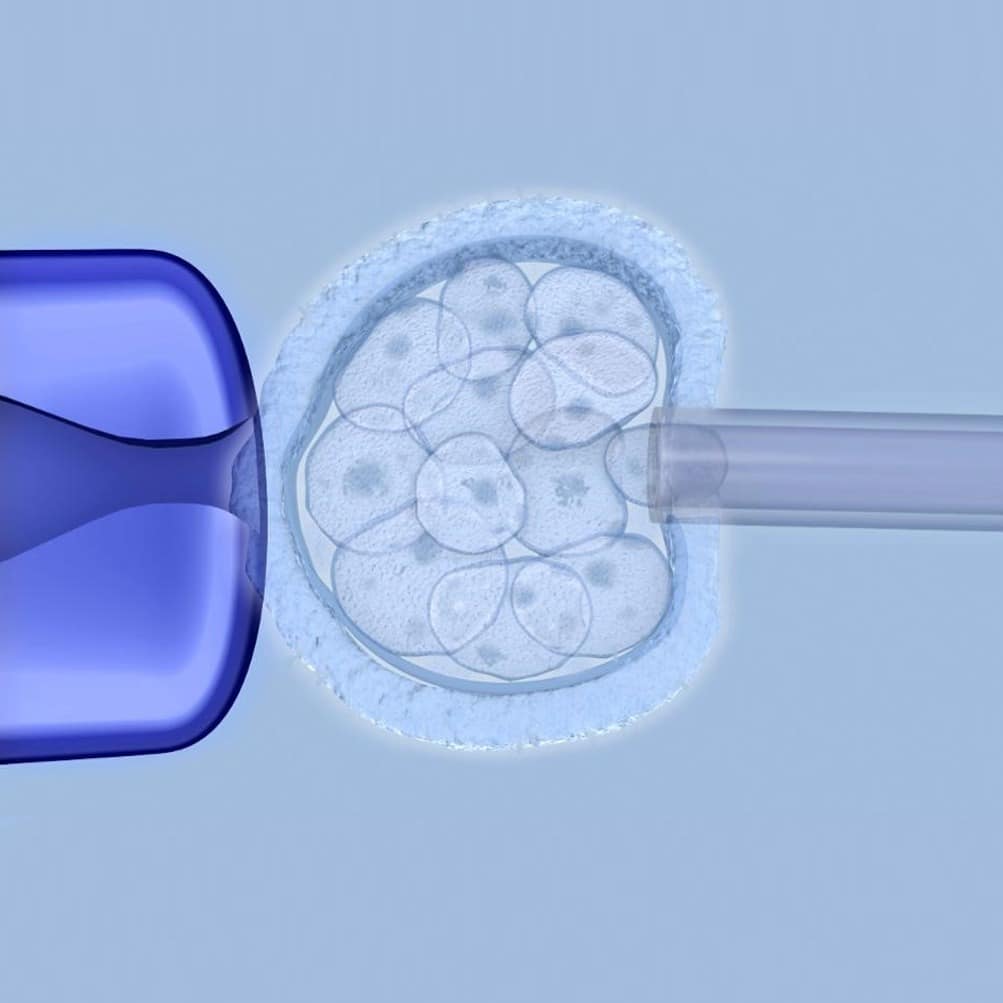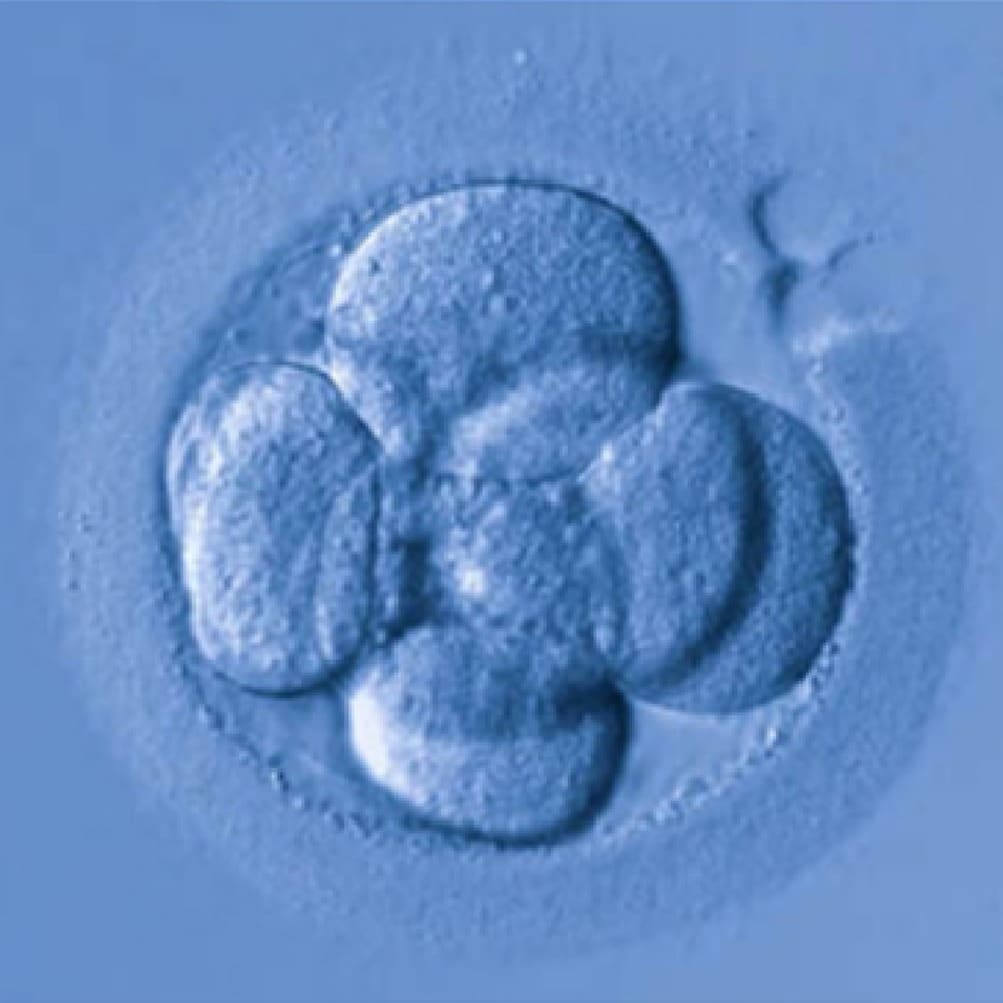Blastocyst Culture
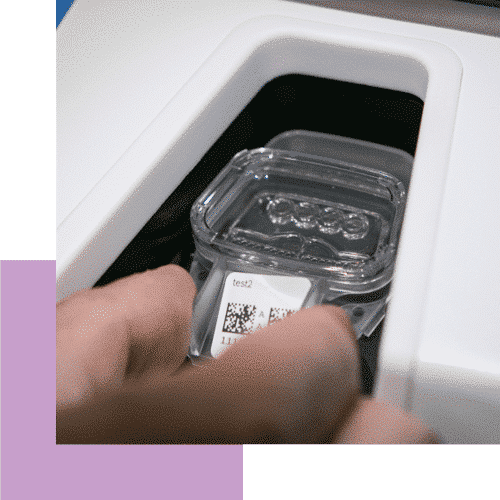
A method for selecting the best embryos, which significantly improves the pregnancy success rates for the couples who undergo it.
A blastocyst is an embryo on day 5 after fertilization. It consists of more cells (70-200) compared to embryos on day 3 (6-8 cells).
Blastocyst culture is an IVF procedure whereby embryos are left to develop up to day 5 in the lab. The stronger embryos out of those that started off are then selected. Essentially, it is a method for selecting the best embryos, which significantly improves the pregnancy success rates for the couples who undergo it.
Advantages
Selection of embryos with the best potential in the lab.
- Higher pregnancy success rates. The uterus seems more receptive on day 5 from egg retrieval.
- Lower chance of multiple births, since only one blastocyst is transferred, without reducing the pregnancy rates.
Preimplantation genetic diagnosis (PGD) can be performed, which is carried out on day 5, the blastocyst stage. In some cases, blastocyst culture permits diagnosing the infertility problem of the couple. Although the embryos may be of top quality and develop normally up to day 3, they switch into moderate quality and/or stop developing.
Relevant Topics
-
Polarized Light Microscopy for Spindle Detection (PolarAIDE)
Polarized Light Microscopy for Spindle Detection (PolarAIDE) It allows us to clearly detect the egg spindle (DNA spindle) during...
-
Embryo Culture Using Time-lapse Technology (EmbryoScope Plus)
Embryo Culture Using Time-lapse Technology (EmbryoScope Plus) The Institute of Life has installed an innovative incubation and monitoring system...
-
Egg Microfertilization (ΙCSI/P-IMSI)
Egg Microfertilization (ΙCSI/P-IMSI) Microfertilization involves the isolation and insemination of one sperm into each egg. It is performed in...
-
Egg and Embryo Vitrification
Egg and Embryo Vitrification Vitrification is the extremely fast freezing of eggs, embryos and sperm, which prevents the formation...
-
Blastocyst Culture
Blastocyst Culture A method for selecting the best embryos, which significantly improves the pregnancy success rates for the couples...
-
Blastocyst biopsy
Blastocyst Biopsy This technique is used prior to embryo transfer to select healthy embryos that do not carry genetic...
-
Assisted embryo (LAZT) and blastocyst (LAH) hatching using advanced laser technology (Octax Navilase)
Assisted embryo (LAZT) and blastocyst (LAH) hatching using advanced laser technology (Octax Navilase) Assisted hatching of embryos at the...

